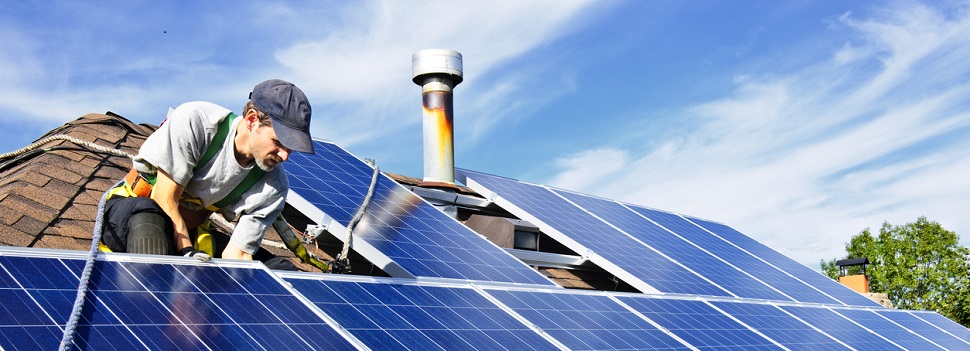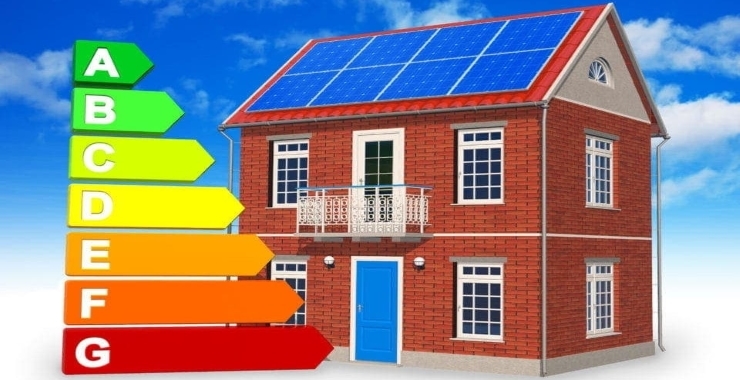Last week s partial solar eclipse was in effect just another cloudy day as far as solar panels were concerned.
Research to determine an eclipse affect solar power panels.
There s a full solar eclipse coming up in august 2017.
Living in arizona will get more solar radiation than someone who lives in the mid west.
At least 7 million u s.
The idea is that a cloudy day or a thunderstorm or an eclipse may knock out solar panels in a few areas but it is unlikely to knock out solar panels and wind turbines all across the west at once.
1 4 factors that affect solar power production there is no such thing as a perfect technology.
A total solar eclipse will cut a narrow path across the breadth of the united states on august 21 2017 bringing the first total eclipse to the contiguous states for nearly 40 years.
Besides solar panels efficiency and size there are other factors that affect how much power your solar panels will create.
A solar eclipse is a cloudy day that we can predict.
Homes and businesses are directly powered by the sun and the eclipse will interrupt solar power generation from their rooftops as well as from large utility solar farms.
Currently solar energy has drawn worldwide attention and is playing an essential role in providing clean and sustainable energy.
Some of these factors have been studied to either increase or decrease the power production from the three types of mountings.
Using the interactive eclipse map have students zoom into their location and click to create a pin.
But that narrow path of totality brings with it a much broader swath of partial blockage of the sun that will affect all of the country except hawaii.
Studies the eclipse s effect on solar cells might some like a small matter to some but york said the results could be significant concerning how electric power of the future is provided.
Research reveals the different factors that can affect the efficiency of solar panel mounting systems.
Take the european union which generates approximately 95gw of solar power a significant proportion of its energy production.
Solar energy output is also affected by weather and seasonal variations.
But there s a big difference.
By measuring lux during an eclipse students can compare the reading to measurements taken of the full sun to see what impact a solar eclipse has on the amount of solar energy received on earth.
Pv technology uses solar cells made of semiconductors to absorb the irradiance from the sun and convert it to electrical energy.





/Solarpanels-3156a12e053e49c88e4d7f53254fb8a8.jpg)









































